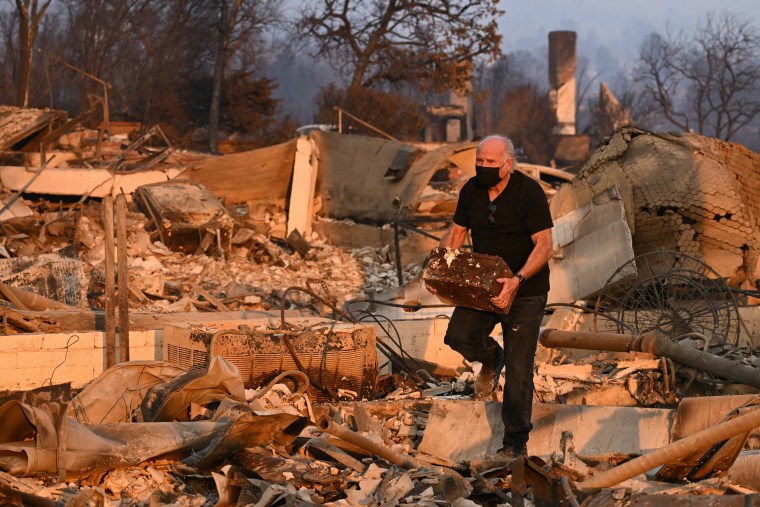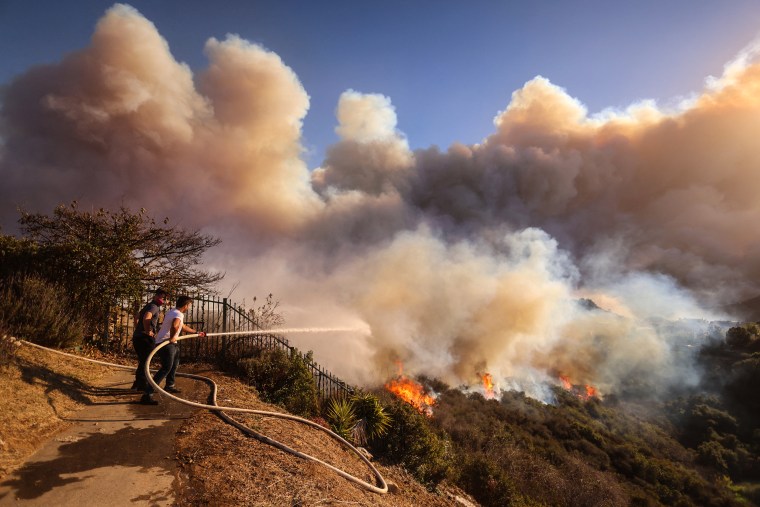The deadly, wind-fueled Palisades and Eaton fires, which broke out 3½ weeks ago in Southern California, were declared fully contained Friday by the California Department of Forestry and Fire Protection.
The expansive Palisades Fire erupted the morning of Jan. 7 in Pacific Palisades, a neighborhood east of Malibu, as a brush fire and was quickly exploded in Southern California’s dry weather conditions.
Later that evening, the Eaton Fire started in Los Angeles County in the foothills of Angeles National Forest. It feasted on seven months of rain-free brush as hurricane-force winds spread it into the neighborhoods of Altadena.
Containment denotes how much of a perimeter has been established around a fire to halt its growth.
At least 29 people were killed in the two fires — 17 in the Eaton Fire and 12 in the Palisades Fire, according to the Los Angeles County Medical Examiner.
The official cause of the fires is under investigation, according to Cal Fire.
The Palisades Fire covered 23,448 acres, destroyed 6,837 structures and damaged an additional 1,017, according to Cal Fire.

The Eaton Fire fed on a San Gabriel Valley foothills enclave nestled against the vast, mountainous Angeles National Forest as heavy winds pushed flames downhill and into the urban population.
It destroyed 9,418 structures and damaged 1,073, many of them century-old homes in Altadena, a historically inclusive community known for its Black professionals and artists. Many of the community’s architectural gems, including the Andrew McNally House and the Zane Grey Estate, were destroyed, according to the Los Angeles Conservancy.
Roughly 4,000 acres of the 14,021-acre blaze covered urban and residential blocks, the operations section chief on the fire, Jed Gaines of the California Department of Forestry and Fire Protection, said at a community meeting last week.

A combination of drought-like conditions and powerful offshore winds in Southern California prompted fire weather that was, in the words of the National Weather Service, “about as bad as it gets.” The region has had less than 10% of average rainfall since Oct. 1.
The National Weather Service warned extreme fire weather was coming, using a rare term, “particularly dangerous situation,” on Jan. 6.
Gov. Gavin Newsom moved state fire personnel and equipment to Southern California as a precaution, his office said the day before the fires.
The wildfires overwhelmed most attempts to stop them, though a few others, such as the Sunset Fire in the Hollywood Hills of Los Angeles, were contained, doused and starved of fuel.
On Monday, Cal Fire Chief Joe Tyler credited the recent storm, which brought the first significant rainfall to parts of Southern California in nearly eight months, for helping firefighters working on the deadly L.A. blazes.
“Rain showers across Southern California have greatly reduced current fire potential,” he said on X.